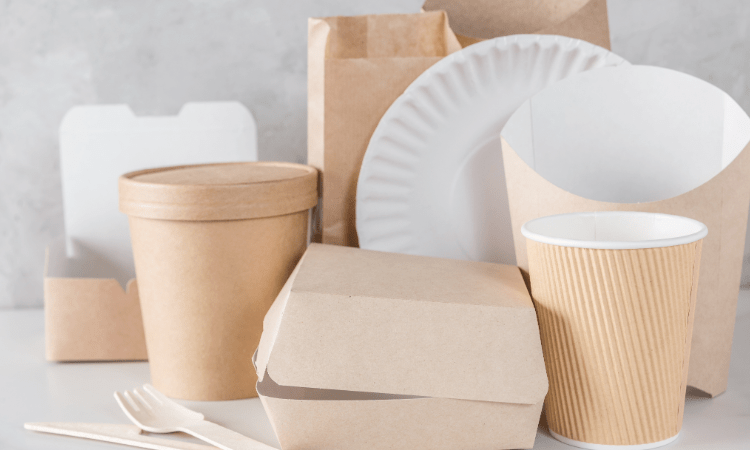
BLOG
KATEGORİDEKİ DİĞER YAZILAR

Packaging is a protective material that protects products from external factors and facilitates transportation. It also prolongs the shelf life of the product by ensuring its freshness and safety.
Packages are divided into three types according to the way of contact with the product:
In terms of material types, plastic, glass, metal, paper/cardboard and composite packaging are commonly used.
Packaging is not only aesthetically pleasing, but also functional. Inappropriate packaging can lead to product spoilage, chemical contamination or physical damage. Therefore, consumer safety is ensured by testing the durability, permeability and interaction of packaging with food. Packaging tests are a legal requirement, especially in the food, pharmaceutical and cosmetics sectors.
Physical tests include parameters such as package durability, leak tightness, puncture resistance, drop resistance and strength.
Evaluates the strength, tightness and structural integrity of the packaging.
Puncture Resistance Test: Measures how durable the packaging is when exposed to sharp or pointed objects.
Tightness Test: </It determines whether the packaging is resistant to air, water or gas leaks. It is especially important for preserving the freshness of food.
Fall Test: Assesses the ability of the packaging to protect the product when dropped from a certain height.
Compressive Strength (Compression Test): Tests how much load the packaging can bear when stacked or subjected to pressure.
Break/Burst Test: Measures internal pressure resistance in glass or pressurized beverage containers.
Tensile Test: Determines how much tensile force the packaging material can withstand.
Chemical tests detect harmful substances that can migrate from the packaging to the product. For food contact packaging, migration tests are vital for toxicology. These tests determine whether surfaces in contact with the product are safe.
Total Migration Test: Measures the total amount of foreign matter passing from the packaging to the product. Mandatory for food contact packaging.
Specific Migration Test: Determines whether a specific chemical substance (e.g. BPA, phthalates) has migrated from the packaging to the product.
pH and Color Change Test: It shows whether there is a change in the chemical structure of the packaging when it comes into contact with the product.
Heavy Metal Analysis: Checks the contents of the packaging for the presence of toxic heavy metals such as lead, cadmium and arsenic.
Solvent Residue Test: Determines whether solvents used in printed packaging remain on the product surface.
Nanolab offers comprehensive solutions in packaging testing with its modern laboratory infrastructure and expert staff. Thanks to the tests performed in accordance with national and international standards, manufacturers both comply with the legislation and gain consumer confidence. Nanolab ensures product quality with physical, mechanical and migration tests, especially for the food, cosmetics and pharmaceutical industries.
Contact us for more information.
Follow us on LinkedIn for up-to-date news and posts about our services.
Follow our Instagram account to stay up to date with our latest blog posts.